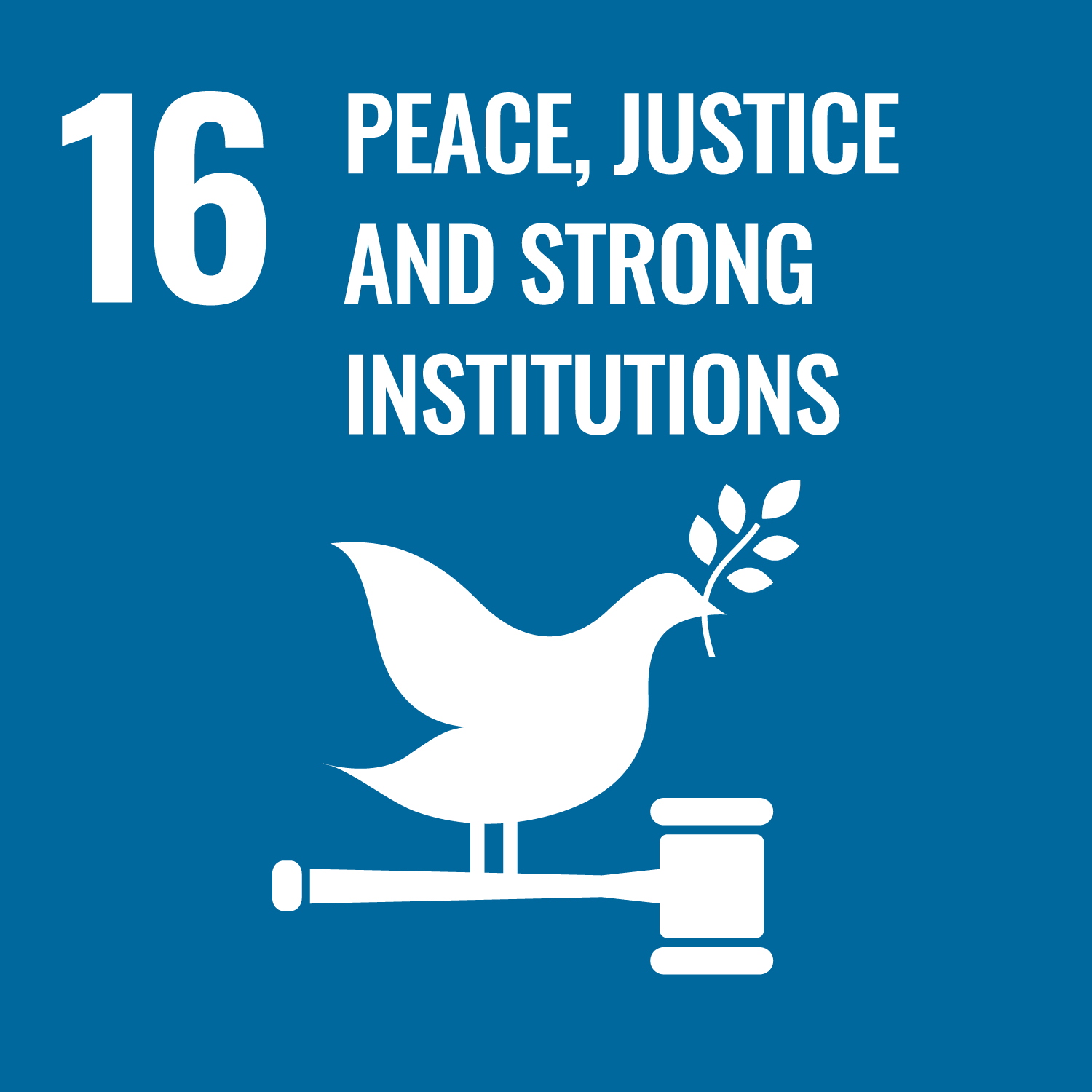Violence is a significant public health issue because of its tremendous impact on health and well-being. Of all the forms of violence, homicide is surely the most devastating, as it leads to avoidable loss of life. Adolescents and young adults are disproportionately affected by homicide, which is among the leading causes of death in this age group in the Americas.
Mortality due to homicide among youths 15–24 years of age has not significantly varied from baseline values measured in 2000 (35.71 deaths per 100 000 population 15–24 years of age) and 2015 (33.98 deaths per 100 000 population 15–24 years of age). Since 2000, the annual homicide mortality rate for this segment of the population has ranged from about 32 to 38 deaths by 100 000 population. It is not expected that the 2025 target of 31.96 deaths per 100,000 population 15–24 years of age will be met.
Health inequalities determined by the distribution of wealth, education, access to the labor market, and opportunities for well-being are widely associated with high violence and mortality rates in the Region of the Americas, particularly among young males. Policies and interventions to prevent homicide vary in maturity across countries. Political, economic, and social drivers shape each country’s capacity to combat mortality due to homicide.
Recommendations
• Promote effective interventions in mental health, including access to psychosocial support, which can generate opportunities for young people to improve prospects.
• Promote the intersectoral work of strengthening strategies and regulations regarding weapon usage and carriage, both within and between countries.
• Triangulate data from multiple sources, including key social stratifiers such as wealth, education, sex, urban-rural divides, and other social determinants related to mortality due to homicide.

